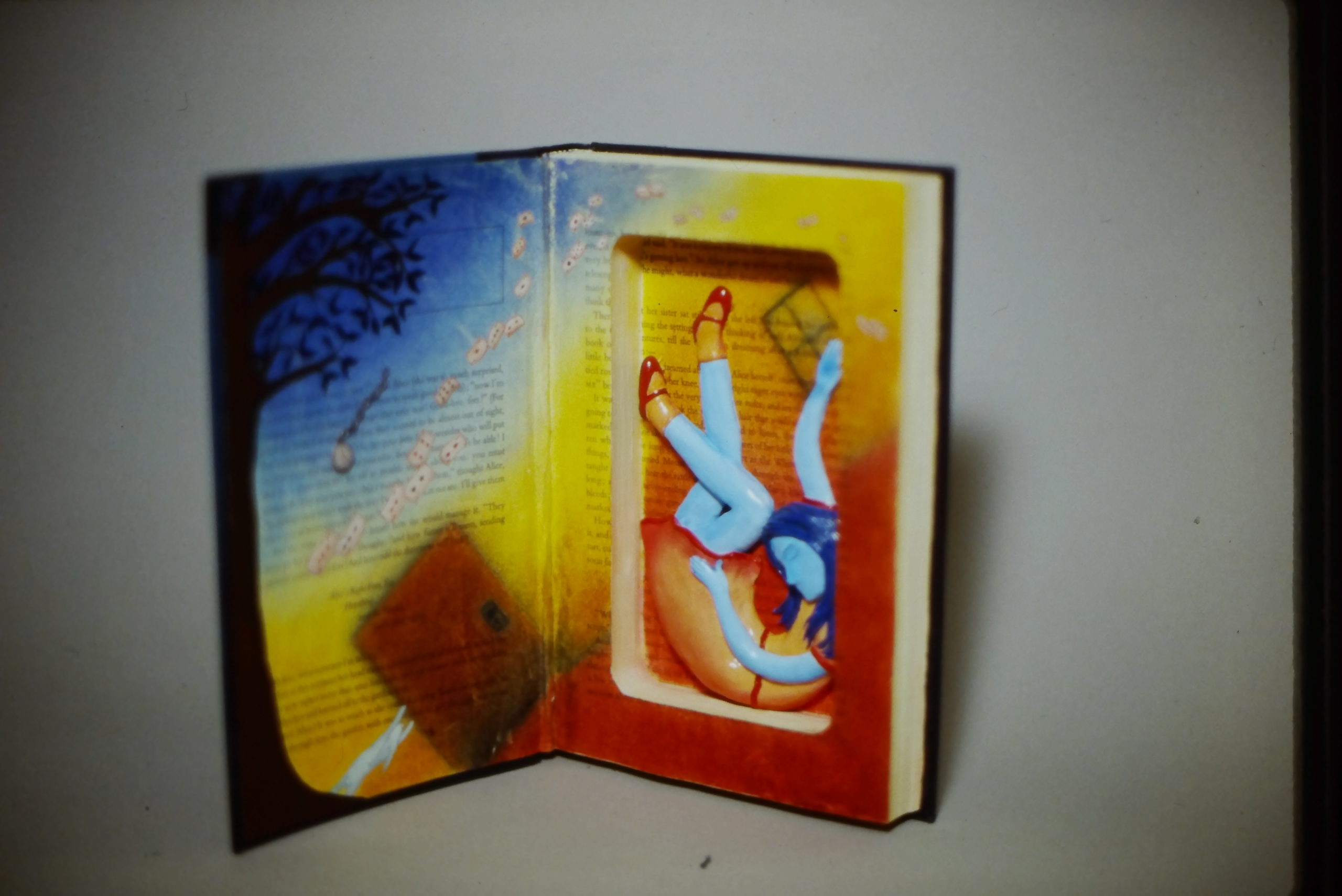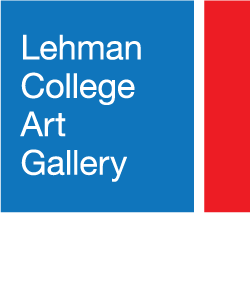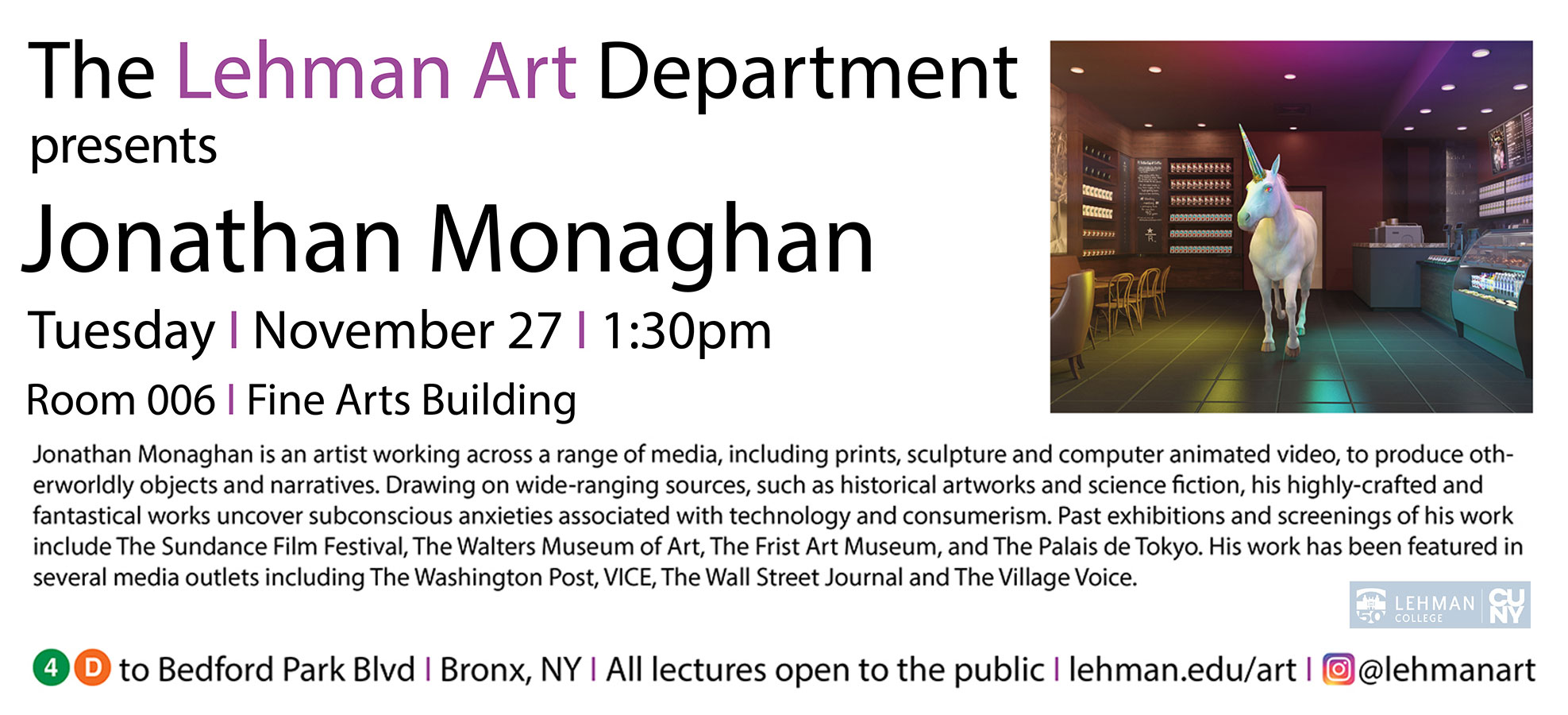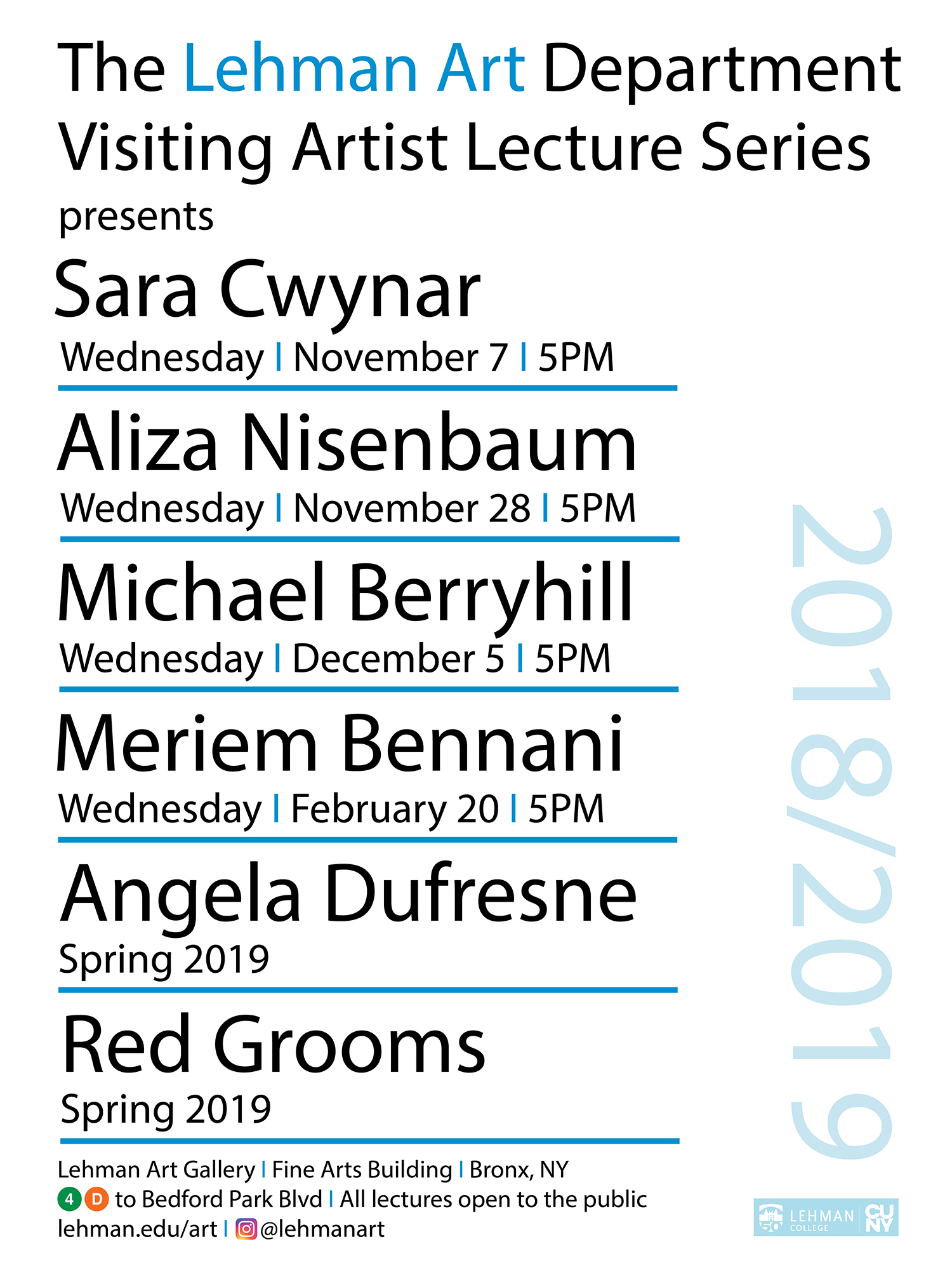Mythologies: The Art of Andrea Arroyo
Andrea Arroyo’s colorful relief paintings explore archetypal roles—primarily of women. She has sought female heroes in art, mythology, history, and literature. Women from the Bible are the most frequent figures in the exhibition; they give a sense of the positive as well as the negative tales in which women are mythologized. Among them are Lot and His Daughters, The Queen of Sheba, Lilith, and Eve. The works often allude to a particular moment in a larger narrative. Three Angels refers to a story in Genesis in which three visitors share a meal prepared by Abraham and Sarah, and announce that Sarah will bear a child in her old age. The Flood focuses the viewer’s attention on a less common representation of that story—those not aboard the Ark. The lives of saints have also found their way into Arroyo’s work, among them one of the most popular Mexican saints, Madonna Morena (dark-skinned Madonna). Also known as the Virgin of Guadalupe, the Madonna Merena was sent to take the place of Tonantzin, the popular Aztec goddess of earth and corn, after the conquest of Mexico.
Classical subjects are also included—Daphne, transformed into a laurel tree to escape the amorous pursuit of Apollo, is depicted in one of Arroyo’s works, and Ariadne—with Theseus, a sword and a length of thread—appear beneath the Labyrinth. From the tales of the Trojan wars, Arroyo depicts Penelope, weaving by day and unraveling at night to forestall her suitors until Ulysses’ return.
The exhibition includes several artists’ books—a medium for which Arroyo was awarded a New York Foundation for the Arts Fellowship this year. Alice portrays a figure curled within a niche cut into pages of the book Alice in Wonderland. She is surrounded by a white rabbit, a clock, and a cascading deck of cards. In a series of box-line works recalling small devotionals, the Mexican painter Frida Kahlo, is shown with her husband, the muralist Diego Rivera. In another playful box, a mermaid rests on a dinner plate among the sushi.
A large-scale public art project by Arroyo—two polychromed relief murals created through the Percent for Art program—has recently been installed nearby at I.S. 206 in the Bronx. Her work has also appeared on the cover of The New Yorker.
Arroyo is a self-taught artist whose background in the field of dance is reflected in the lyrical, fluid motion of her paintings. Her desire to dance brought her to New York City in 1983, where she studied with Merce Cunningham. Arroyo’s early career in dance is also recalled in a work that depicts a reclining figure on a couch beneath Matisse’s well-known painting, The Dance. Arroyo creates each part of her relief, using clay, wood, or plaster, and often embellishes the frames. Her works, evocative of the folk art of her native Mexico, convey a sense of fantasy.



